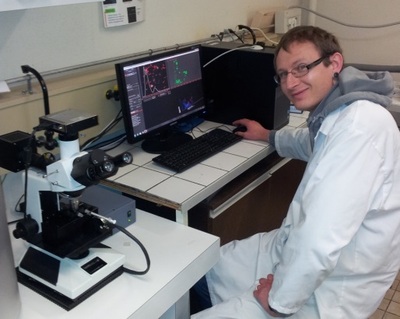Biomolecule engineering with nanoparticle tracking analysis
Tuesday, 11 June, 2013
Particle & Surface Sciences has reported on how nanoparticle tracking analysis (NTA), from NanoSight UK, is being used in the research project ‘Engineering of Biomolecules’ at Lorraine University, based in Nancy.
Dr Jordane Jasniewski works at the Laboratory of Biomolecules Engineering (LIBio) at Lorraine University and teaches in Food Chemistry at ENSAIA, an engineering school. He is a member of the research team working on the engineering of biomolecules to understand their structure and function to help develop new molecular architectures, to be applied in the areas of foods and agrichemicals, nutrition, pharmacology and cosmetics.

The expertise of LIBio allows the study of stabilisation, functionalisation and targeting of active molecules such as probiotics, antibacterial peptides, phenolic antioxidants and polyunsaturated fatty acids (PUFAs). Based on vectors of rich marine DHA (docosahexaenoic acid, an omega-3 fatty acid), new dairy matrices, phospholipids and biopolymers are being developed.
Dr Jasniewski described the reasons for his selection of NTA for the measurement of the hydrodynamic diameter, Dh, of his nano-emulsion samples. “Our samples, which include polysaccharides, milk proteins and lecithins, are polydisperse. Having used dynamic light scattering, DLS, without success, we decided on NTA as it makes measurements on a particle-by-particle basis and does not need the refractive index to determine Dh. We can also readily measure the concentration of our samples and data is produced in a convenient way to export and use for further study.”
Best practices for safe centrifugation in the laboratory
The majority of all centrifuge accidents are understood to result from user error. These tips...
Nature-inspired filtration system recovers critical resources
A filtration system that can recover untapped critical resources such as copper and lithium from...
Optimising food and beverage testing with laboratory equipment
In the food and beverage industry, laboratories must balance precision, speed and compliance to...



